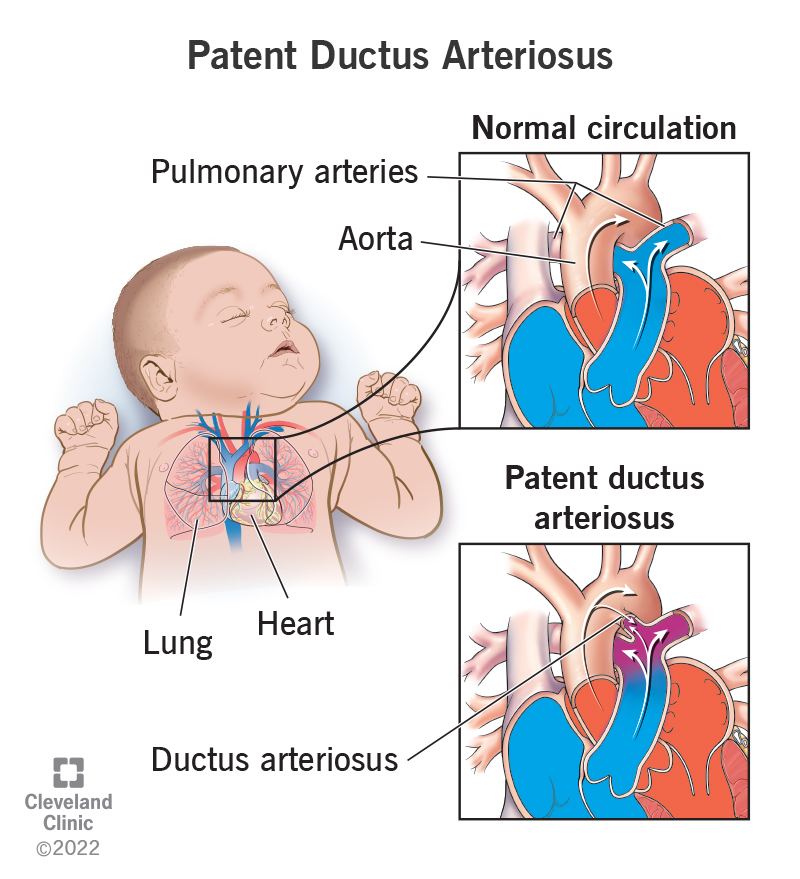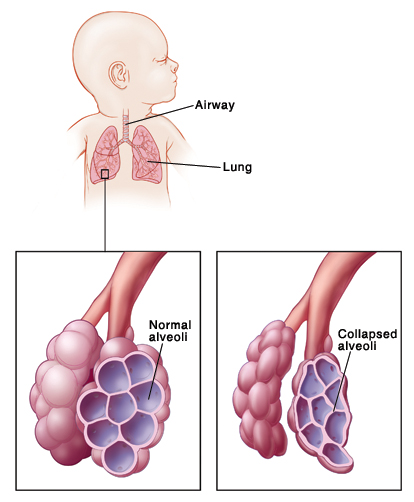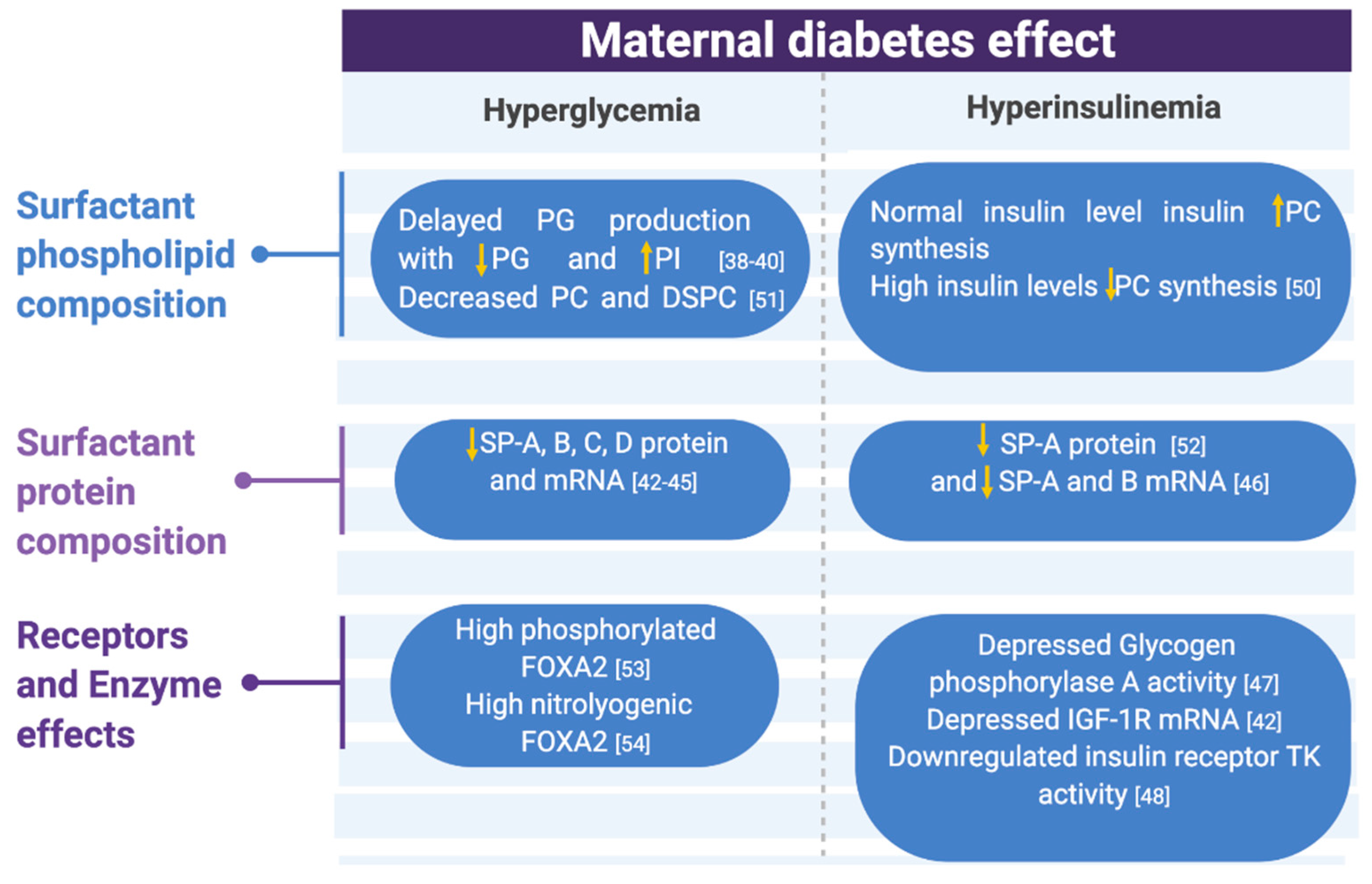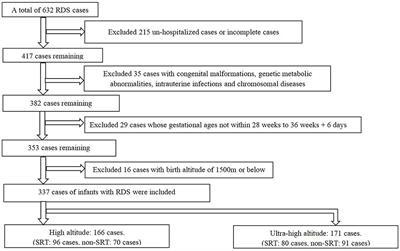surfactant for premature babies side effects
Neonatal respiratory distress syndrome RDS is associated with high mortality and morbidity in preterm infants. Preterm infants with respiratory distress syndrome RDS requiring surfactant therapy have been traditionally receiving surfactant by intubation surfactant and extubation technique InSurE which comprises of tracheal intubation surfactant administration and extubation.

Surfactant Administration Nicu Youtube
Noisy breathing feeding or bowel problems or.

. A rare complication of surfactant treatment is pulmonary haemorrhage1 23. Surfactant therapy for RDS has been a major achievement in the care of the preterm newborn. Survanta Intratracheal side effects There is a possibility that the baby will have breathing difficulties during the Survanta Intratracheal treatment and these problems may require further treatment by health care professionals.
They further affect breathing. In unexpected circumstances where labor starts early or a pre-term emergency caesarean is performed lung surfactant is given intratracheally to the premature infant to prevent respiratory distress syndrome. As for any protocol each neonatal intensive care unit should develop a coherent administration strategy with the goal of achieving targeted delivery of surfactant that.
Babies get BLESed and now can breathe. Lucinactant is the first US. Respiratory failure secondary to surfactant deficiency is a major cause of morbidity and mortality in preterm infants.
Surfactant therapy substantially reduces mortality and respiratory morbidity for this population. Cerebral palsy is a movement disorder that affects muscle tone muscle coordination movement and. Even the name of the company which stands for Bovine Lipid Extract Surfactant becomes a pun with Lazarus-like overtones.
All of the preemies had been treated with antibiotics in the NICU. Premature babies are at risk for retinopathy of prematurity. Babies born only a few weeks early late preterm 34-36 weeks often have long-term difficulties such as.
If the babys lungs lack surfactant a substance that allows the lungs to expand he or she may develop respiratory distress syndrome because the lungs cant expand and contract normally. Betamethasone or dexamethasone are the two steroids most commonly used in cases of preterm delivery. Bronchopulmonary dysplasia also called BPD.
The therapy is now considered routine care for women at risk of preterm delivery between 23 and 34 weeks gestationand may. 12 Surfactant administration traditionally requires endotracheal intubation and mechanical ventilation for a certain period. Various pre- and postnatal factors such as exposure to chorioamnionitis pneumonia sepsis and asphyxia induce an injurious inflammatory response in the lungs of preterm infants which may subsequently affect surfactant function synthesis and alveolar stability.
Surfactant replacement therapy should be considered when the diagnosis is respiratory distress syndrome RDS based on clinical grounds - chest x-ray. Nine had received just one course and the other 32 each had been given an average of eight courses and spent about half their time in the NICU on antibiotics. Extra care should be taken when giving surfactant to extreme low birth weight infants because this is a population at higher risk for side effects such as severe episodes of airway obstruction during the procedure.
Selective surfactant and continued mechanical ventilation for preterm infants with or at risk for respiratory distress syndrome. Mood swings headaches abdominal pain or bloating diarrhea constipation changes in sexual drive or comfort dizziness allergy flu-like symptoms People who. If a baby is premature born before 37 weeks of pregnancy they may not have made enough surfactant yet.
The birth is at 30 weeks in a special care nursery SCN setting. BPD can cause swelling and scarring in the lungs. Common side effects of Survanta include.
The risk is tiny compared to the benefits of surfactant treatment. So according to the Mayo Clinic they often have issues breathing on their own low body. These medications are injected at least 24 hours before the babys birth but ideally no more than a week in advance.
Also consider surfactant replacement therapy if. Various pre- and postnatal factors such as exposure to chorioamnionitis pneumonia sepsis and asphyxia induce an injurious inflammatory response in the lungs of preterm infants which may. Natural surfactant is produced by the fetus before they are born and their lungs are prepared to breathe properly by about 37 week gestation.
Forty-one of the infants were born around 2 ½ months premature and the remainder were born at full term. Surfactant deficiency is a recognized cause of respiratory distress syndrome in the preterm neonate. Behavioral and social-emotional problems.
Premature babies may also develop a lung disorder known as. Adverse Effects The usage of surfactant can lead to bradycardia and hypotension in the neonate. Less serious side effects include.
When there is not enough surfactant the tiny alveoli collapse with each breath. As the alveoli collapse damaged cells collect in the airways. Some experience other side effects such as.
However kinetics of surfactant phospholipid and protein synthesis and turnover can also be studied in vivo in infants by using the nonradioactive stable isotopes 13 C and 2 H and analyzing. There are also some reports of instances of oxygen desaturation upon administration of the drug. FDA-approved protein-containing synthetic surfactant.
However more recently noninvasive methods like least invasive surfactant therapy. Your baby will remain under constant supervision during treatment with this medicine. Long-term complications Cerebral palsy.
It is likely to be a consequence of increased shunting through a patent ductus arteriosus PDA and. The difficulties of a premature baby are obvious they havent had enough time to develop in the womb. The infant is intubated regardless of gestation and requiring FiO2 04.
Secondary surfactant deficiency also contributes to acute respiratory morbidity in late-preterm and term neonates with meconium. Secondary surfactant deficiency also contributes to acute respiratory morbidity in late-preterm and term neonates with meconium aspiration syndrome pulmonary haemorrhage and pneumoniasepsis. Long-Term Effects of Preterm Birth.
This is a health condition that affects the airways and can cause breathing problems. This is a lung disease that can develop in premature babies as well as babies who have treatment with a breathing machine. In this condition blood vessels in the.
Preterm babies can suffer lifelong effects such as cerebral palsy mental retardation visual and hearing impairments and poor health and growth. This exposure to artificial ventilation no matter how. A rare complication of surfactant treatment is pulmonary haemorrhage1 23.

Lung Recruitment Before Surfactant Administration In Extremely Preterm Neonates With Respiratory Distress Syndrome In Rec Sur E A Randomised Unblinded Controlled Trial The Lancet Respiratory Medicine
/GettyImages-699084531-5a957a4a04d1cf0037c535c4.jpg)
How Babies Lungs Develop In And Out Of The Womb
14 13 Asymmetric Surfactant Effect In A 2 Day Old Download Scientific Diagram

Patent Ductus Arteriosus Pda Symptoms And Treatment

Respiratory Distress Syndrome In Neonates The Effect Of Melatonin Supplementation Respiratory Therapy Society Of Ontario

Breathing Problems And Premature Babies

Respiratory Distress Syndrome Of The Newborn Rt

Effect Of Prophylaxis For Early Adrenal Insufficiency Using Low Dose Hydrocortisone In Very Preterm Infants An Individual Patient Data Meta Analysis The Journal Of Pediatrics

Respiratory Distress Syndrome In The Premature Infant Saint Luke S Health System

Lung Surfactants Nursing Pharmacology Study Guide Nurseslabs

Inside The Barbie Craft Room How To Repaint Barbie Furniture The Basics How To Clean Makeup Brushes Cosmetics Sale Alcohol

Breathing Mismanagement Of Newborns Trusted Legal Help

Children Free Full Text Molecular Mechanisms Of Maternal Diabetes Effects On Fetal And Neonatal Surfactant Html

What Are The Benefits And Risks Of Assisted Ventilation Of The Newborn

New Techniques New Challenges The Dilemma Of Pain Management For Less Invasive Surfactant Administration Balakrishnan 2021 Paediatric And Neonatal Pain Wiley Online Library

Frontiers Surfactant Therapy For Respiratory Distress Syndrome In High And Ultra High Altitude Settings Pediatrics

Respiratory Distress Syndrome Rds In Newborns Diagnosis Treatment

